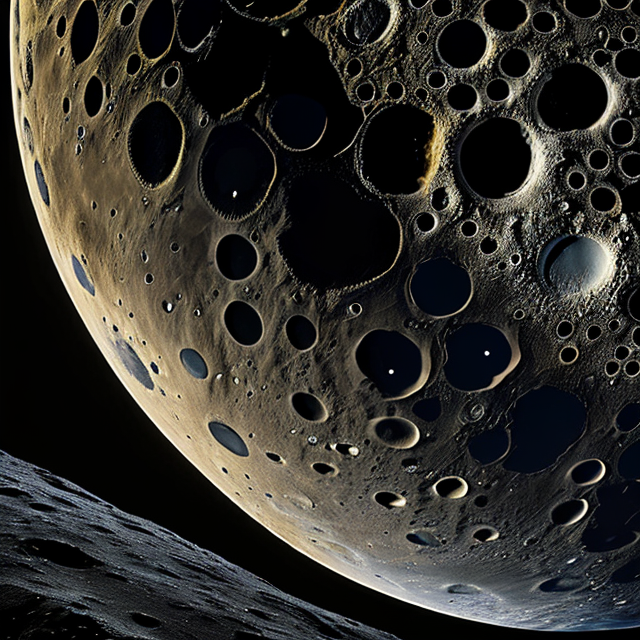|
|
Space Astro
|
Info for exoplanet "Uwasa'turin"
| Scientific (actual) data |
|---|
| Name | Kepler-286 c |
| Planet status | Confirmed |
| Radius | 0.122 |
| Orbital period | 3.4681 |
| Semi major axis | 0.042 |
| Discovered | 2014 |
| Updated | 2021-02-05 |
| Tconj | 2454970 |
| Impact parameter | 0.2 |
| Publication | Announced on a website |
| Detection type | Primary Transit |
| Alternate names | 2MASS J19224227+4817394 c, K01306.02, KIC 10858691 c, KOI-1306 c, KOI-1306.02, WISE J192242.28+481739.2 c |
| Star name | Kepler-286 |
| Right ascension | 290.68° |
| Declination | 48.29° |
| Mag j | 14.388 |
| Mag h | 14.058 |
| Mag k | 14.121 |
| Star distance | 1266.68 |
| Star metallicity | -0.165 |
| Star radius | 0.86 |
| Star temperature | 5580 |
| Star alternate names | 2MASS J19224227+4817394, KIC 10858691, KOI-1306, WISE J192242.28+481739.2 |
| Wikipedia article | Kepler-286 c |
Back
| |
| Fictional info (?) |
|---|
| Suggested name | Uwasa'turin |
| Planet type | Hot planet |
|
| Atmosphere | Hydrogen deuteride (HD) | 80% |
| Hydrogen chloride | 5.9% |
| Carbon monoxide | 5.9% |
| Xenon | 5.2% |
| Carbonyl sulfide | 1.9% |
| Atmospheric pressure | 0.1 bar |
 |
| No known satellites |
| Google search for Uwasa'turin |
|
Website by Joachim Michaelis
|
|
|
|